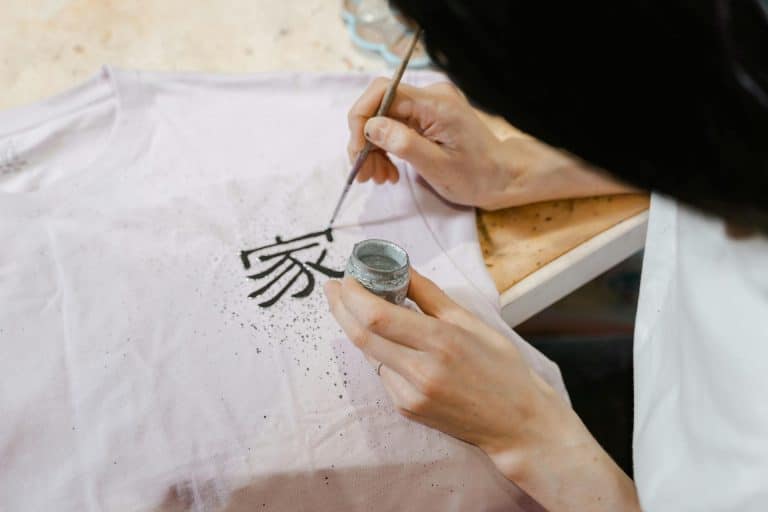A T-shirt is more than a piece of fabric. It’s a statement. What you wear on your chest often says what you believe, how you feel, or what you stand for. A simple design, color, or phrase can reflect personality without a single word spoken. People might not think deeply about their clothing choices, but every printed T-shirt tells a quiet story about identity and self-expression.
The Emotional Power of T-Shirt Design
T-shirts connect with emotion in a way few other clothing items can. The message or image printed on a shirt often represents a feeling or a memory. A faded band tee might remind someone of a first concert. A motivational quote might reflect determination during hard times. Even humorous graphics can reveal personality traits like wit or sarcasm.
When someone chooses a shirt, they are choosing an emotion to share with the world. Designers understand this. They know that strong visuals can evoke nostalgia, happiness, or pride. That’s why great T-shirt design starts with empathy—understanding what the wearer wants to communicate and how the audience might respond.
This emotional connection is also what makes wearable art powerful in both fashion and marketing. People buy and wear designs that make them feel seen. A shirt that represents a movement, a mood, or a personal belief becomes more than clothing. It becomes part of a person’s voice.
Color Psychology in T-Shirt Printing
Color speaks its own language. Every hue carries meaning and emotion, even before a single word appears. Understanding color psychology can make a big difference in how a T-shirt design is received.
Red, for example, attracts attention and conveys confidence or excitement. Blue is calm and dependable, often linked to trust. Black is bold and timeless, while white is clean and balanced. Yellow gives a sense of optimism, and green is associated with balance or growth. Each color sets a tone before anyone reads the text or sees the design in detail.
For designers, color is both a tool and a mood setter. A bright palette might fit a playful theme, while muted tones can feel more refined. This is where material and printing technology also matter. Certain methods allow colors to appear deeper and more vivid. Direct-to-film printing has become popular for this reason. It produces sharp details and consistent color, even on challenging fabrics. The process gives designers the flexibility to bring their creative visions to life without sacrificing quality or longevity.
The Role of Typography and Design Elements
Typography plays a bigger role than most realize. The font style can change the entire meaning of a design. A bold, blocky typeface looks assertive and modern. A handwritten or script font feels personal or artistic. The wrong font can make a design look unbalanced, even if the message itself is strong.
Good T-shirt design relies on balance. The text should fit naturally with images or shapes. Too much clutter can distract from the message. White space, symmetry, and contrast all guide the eye to what matters most. Designers use these principles to create a visual rhythm that feels right.
Even the size and placement of a design matter. A small chest logo gives a subtle professional look. A full-front graphic makes a louder statement. The goal is to create harmony between message, art, and layout.
Art Meets Technology: Modern Printing Techniques
The world of T-shirt printing has evolved. Traditional screen printing still has its place for bold, simple designs, but newer methods offer more flexibility and precision. Heat transfer and sublimation allow for detailed, full-color prints on a range of materials.
Direct-to-garment and direct-to-film printing have become industry standards for artists and small business owners. They make it possible to print complex designs quickly, without large production runs. These methods also open creative doors for experimenting with textures, gradients, and photo-quality images.
Modern technology gives creators more control over how their art appears. It blends craftsmanship with innovation, allowing for designs that look good and last longer.
Personality Types and T-Shirt Styles
T-shirt designs often reflect personality types. Some people prefer minimalism—simple text, clean lines, neutral tones. Others are drawn to expressive styles filled with color and bold imagery.
There are also nostalgic wearers who love vintage prints, faded logos, and retro fonts that bring back old memories. Then there are statement-makers who use slogans or political messages to show what they stand for. These categories show how diverse the connection between art and personality can be.
Designers who understand this diversity can create pieces that feel more personal to their audience. A well-made shirt speaks directly to the wearer’s identity, almost like a mirror of their inner world.
The Psychology of Wearing Your Message
Wearing a printed shirt is an act of communication. It influences how others see you, but it also shapes how you feel about yourself. A person who wears a motivational quote might feel more confident. Someone in a humorous graphic might appear more approachable.
This form of expression builds connection. Shared symbols or messages can spark conversations or signal belonging to a group. Think of sports teams, clubs, or causes—printed apparel helps build unity and pride.
Psychologically, this reflects a basic human need: the desire to be seen and understood. A shirt might seem like a small way to express that, but its impact can be meaningful.
Turning Design Into Identity
At its core, T-shirt design is about identity. It brings together art, psychology, and technology to create something people relate to. Every choice—from color to font to printing technique—plays a role in telling that story.
When you think about what to print or wear next, consider what it says about you. A design can be fashionable, but it can also be personal. Printing your personality turns ordinary clothing into something memorable. It’s the art of transforming fabric into a statement that lasts.













